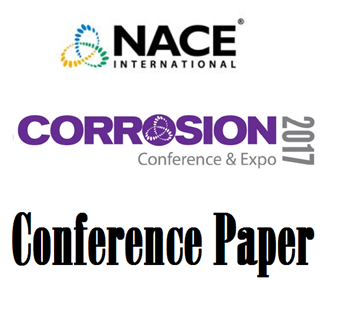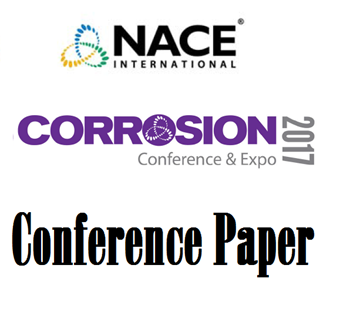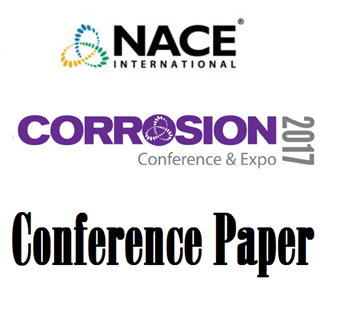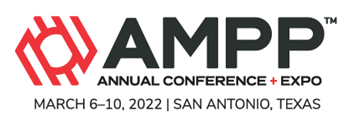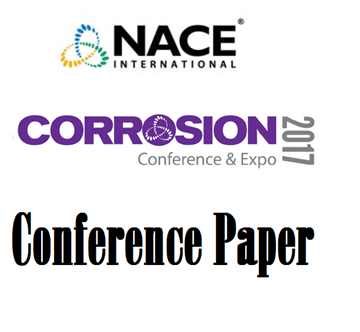Search
Individual Conference Papers
View as
Sort by
Display
per page
Internal Corrosion Threat Assessment Using Operational Data and Comparison with ILI Results
Product Number:
51315-6001-SG
ISBN:
6001 2015 CP
Publication Date:
2015
$20.00
Internal Corrosivity Assessment and Ranking of Crude Pipeline
Product Number:
51317--9225-SG
ISBN:
9225 2017 CP
Publication Date:
2017
$20.00
Internal Deposits: A Potential Threat to Pipeline Integrity
Product Number:
51324-21014-SG
Publication Date:
2024
$40.00
Internal ICCP of Offshore Wind Monopile Foundations
Product Number:
51323-19376-SG
Publication Date:
2023
$20.00
Internal Installation Pressure Effects on Composite Repairs
Product Number:
51319-12986-SG
Publication Date:
2019
$20.00
Internal Lining Damage Investigation of 24inch Jet Fuel Pipelines
Product Number:
51317--9061-SG
ISBN:
9061 2017 CP
Publication Date:
2017
$20.00
Internal Visual Inspection of Field Girth Welds using Wireless Crawler Robot
Product Number:
MPWT19-15001
Publication Date:
2019
$0.00
Interpretation and Selection of Direct Examination Locations with Respect to ECDA Methodology
Product Number:
51317--9304-SG
ISBN:
9304 2017 CP
Publication Date:
2017
$20.00
Interpretation of Electrical Codes for Cathodic Protection Installations
Product Number:
51319-13187-SG
Publication Date:
2019
$20.00
Interpreting H2S Scavenger Laboratory Test Results Using A Kinetic Model
Product Number:
51322-17844-SGG
Publication Date:
2022
$20.00
Interpreting Omic Data for Microbially Influenced Corrosion: Lessons from a Case Study
Product Number:
51317--9445-SG
ISBN:
9445 2017 CP
Publication Date:
2017
$20.00
Into the Future: Advanced Thick-Film Spray Applied Liquid Waterproofing Membrane Systems for Bridge Deck Applications
Product Number:
41215-922-SG
Publication Date:
2015
$20.00


